Are Comic Shops Finding a “New Normal” for Attrition?
There are some warning signs on the horizon for the direct market. This week's feature explores one of the biggest.
The average comic reader likely doesn’t know what “attrition” means in the direct market. 1 Why would they? Most just buy their comics each week, read them, and return the following week for more, even if that middle step is often optional. Their job is to enjoy the medium, full stop. Anything else is one step towards becoming me, and no one wants more of that.
While they might not know what attrition is, comic shop customers play an essential role in defining it. That’s because attrition in this situation is, simply put, how an individual title’s orders diminish issue-by-issue. Given that the defining metric for future orders are previous in-store sales of the issue to customers, we all play a part in this formula.
“Attrition” on its own sounds like a problem. Sales diminishing? How could that not be? But it mostly isn’t because attrition is just something that happens in the direct market, perhaps best showcased by the fact the term “standard attrition” exists. Almost every title sees its orders drop issue-to-issue. Attrition is an inescapable truth, a near constant in a market otherwise bereft of them, save for the occasional outlier that rises in sales later in its run. It’s factored in to the arithmetic of the job of a retailer, with shops ordering titles based off typically predictable rates of attrition.
It usually isn’t a problem, but where it can become one is when that predictability disappears. The greatest enemy of your common retailer isn’t decreasing sales. It’s uncertainty. When standard rates of attrition break, the job gets harder. And lately, attrition has been accelerating. That’s a problem for retailers. As Bruno Batista from Dublin’s Big Bang Comics told me, “Any shop or publisher will tell you that this has been a thing for forever, but in the last six months or so, the attrition (has been) precipitous.”
Batista was the first person who noted this to me. That was several months back. Since then, I’ve slowly been looking into it, with a range of conversations with shops taking place of late. Naturally, how big of a deal it is depends on the shop. For some, it’s been a small but noticeable uptick. For others, it’s been significant, resulting in necessary changes to their approach. Take Patrick Brower from Chicago’s Challengers Comics + Conversation as an example. The veteran retailer told me that “(attrition) has definitely accelerated of late,” before adding something even more concerning.
“It honestly feels like the new normal for the industry,” Brower said. “And that’s disturbing.”
A good example of what he’s talking about can be shown by how titles behaved on average for Challengers both pre-pandemic and today. While Brower didn’t do a robust study of this by any means, his gut instinct suggested that the average drop-off from issue #1 to #2 at Challengers was around 50% pre-pandemic, meaning 50% of customers that bought #1 did not pick up #2. Now, it’s around 80%. 2 That’s incredible, and something that has a significant cost on titles both today and tomorrow.
“Pre-pandemic we’d keep ordering a series at least through issue #5,” Brower said. “But now it can be gone by #3.” 3
Challengers was the high point in the rise of attrition, but others agreed that this issue is worsening. Eitan Manhoff from Oakland’s Cape and Cowl Comics used to aim for 20% attrition issue-to-issue, but now, that “doesn’t work anymore.” He orders for growth on titles as much as possible, but he’s finding that to be increasingly difficult. Steve Anderson emphasized that drops from #1 to #2 have always been a thing, but also admitted, “We are seeing it a bit sharper than in the past.” Again, the impact ranged, but shops consistently agreed that this is a problem.

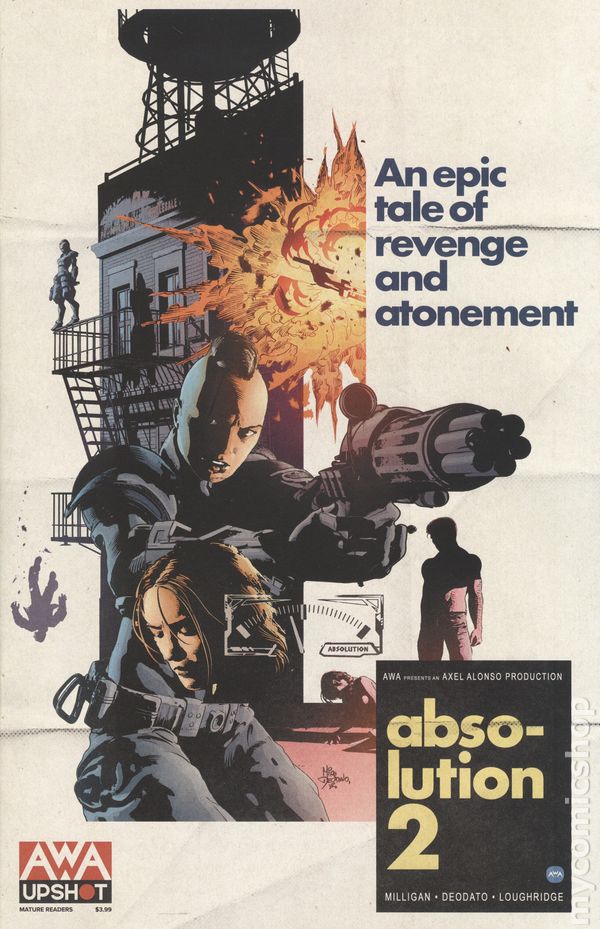

Of course, the next question becomes, where is the issue of accelerating attrition manifesting itself? The most oft mentioned were lower tier publishers. Basically everyone outside of Marvel, DC, Image, and BOOM! consistently were thrown into a bucket as tough sells. As one retailer told me, the drop off issue-to-issue on a Scout or Behemoth title is consistently significant, no matter what they do. But it isn’t just those publishers, or even just titles later in a run.
“80% of new books are struggling past #1. It seems like only the top tier creator books or books that have a very solid marketing plan 4 have a chance of maintaining or seeing minor drops,” Brower said. “And sadly, perceived quality isn’t even a factor. Plenty of books we champion fall to anemic numbers by issue #3.”
“There is also something happening where so many comics just… don’t sell? And that’s for all publishers, including Marvel, DC, Image, Boom, etc.” Batista added. “And even worse, it’s not even just for #2 and #3 and beyond. It’s for #1s. Comics are coming out and are dead on arrival.
“Comics that feature some of the biggest characters in the world are barely selling in the single digits, and it is scary as a retailer!”
Now, here’s where we make an important note. These are all smart, savvy retailers. But in a market with, let’s say generously, 3,000 total shops in it, they’re a drop in the bucket. They are not necessarily representative of all shops. To try and dig a bit deeper into this, I reached out to publishers for insight, as they would have a better idea of this issue in a holistic sense. Not all of them were eager to respond to this subject. Like with retailers, the spectrum was broad amongst those that did. It ranged from one publisher strongly emphasizing that attrition is accelerating to another who was much less convinced of that. On average, it appears to be a known issue, with the pain seeming more acute on the lower end of the publisher tiers.
One publisher had a fascinating note about the subject. They suggested to me that this wasn’t a clear trend by any means. More specifically, their belief is that attrition isn’t accelerating as much as it’s becoming less predictable, a subtle but notable difference — albeit one that doesn’t make anyone’s life easier. This was reinforced by multiple publishers mentioning that several of their titles had seen increased orders later in their runs, while others were faced with steepening attrition further into their runs. So it was a bit of column A and column B. If it was consistent, it would be less of an issue. Instead, it’s all over the place, as if what works and what doesn’t is selected by dart throw rather than what typically fuels direct market sales.
That brings up the big question: what’s causing this? Unfortunately for everyone, there’s no silver bullet answer, as Brower noted when asked for his take on the reasons behind it.
“Honestly? No idea. Trade waiting? Speculating? Just collecting #1’s? Didn’t like it? Too busy buying variant covers of #1? Could be all or none of those,” Brower said. “It’s hard to ask because if it’s a casual off-the-shelf reader, we’re probably not going to notice when a specific person doesn’t buy a 2nd issue.
“All I really notice is the unsold stack of #2, #3, etc.”
That said, some reasons did earn consistent mentions. Tops among them were the number of titles currently being released. There are just a lot of comics arriving each week, and without infinite incomes amongst customers, not every title is going to pop. Shops even said that the volume of releases makes it more difficult than ever to handsell comics. 5 It’s like Anderson told me: “When everything is special, nothing is special.” It’s hard to argue to customers that any single comic is a must read when there are just so many.
This has resulted in an acceleration in another growing trend. That’s sampling, or readers parachuting into a title for the first issue and bouncing immediately if it doesn’t hook them. Gone are the days of just assuming that if a reader will buy #1, they’ll continue onwards out of a mix of habit and passion for the medium. With the number of titles being released ramping upwards after a dip early in the pandemic, readers are seemingly abandoning titles faster than ever — especially with most marketing efforts typically being used to draw readers to launches rather than to maintain readership past #1.

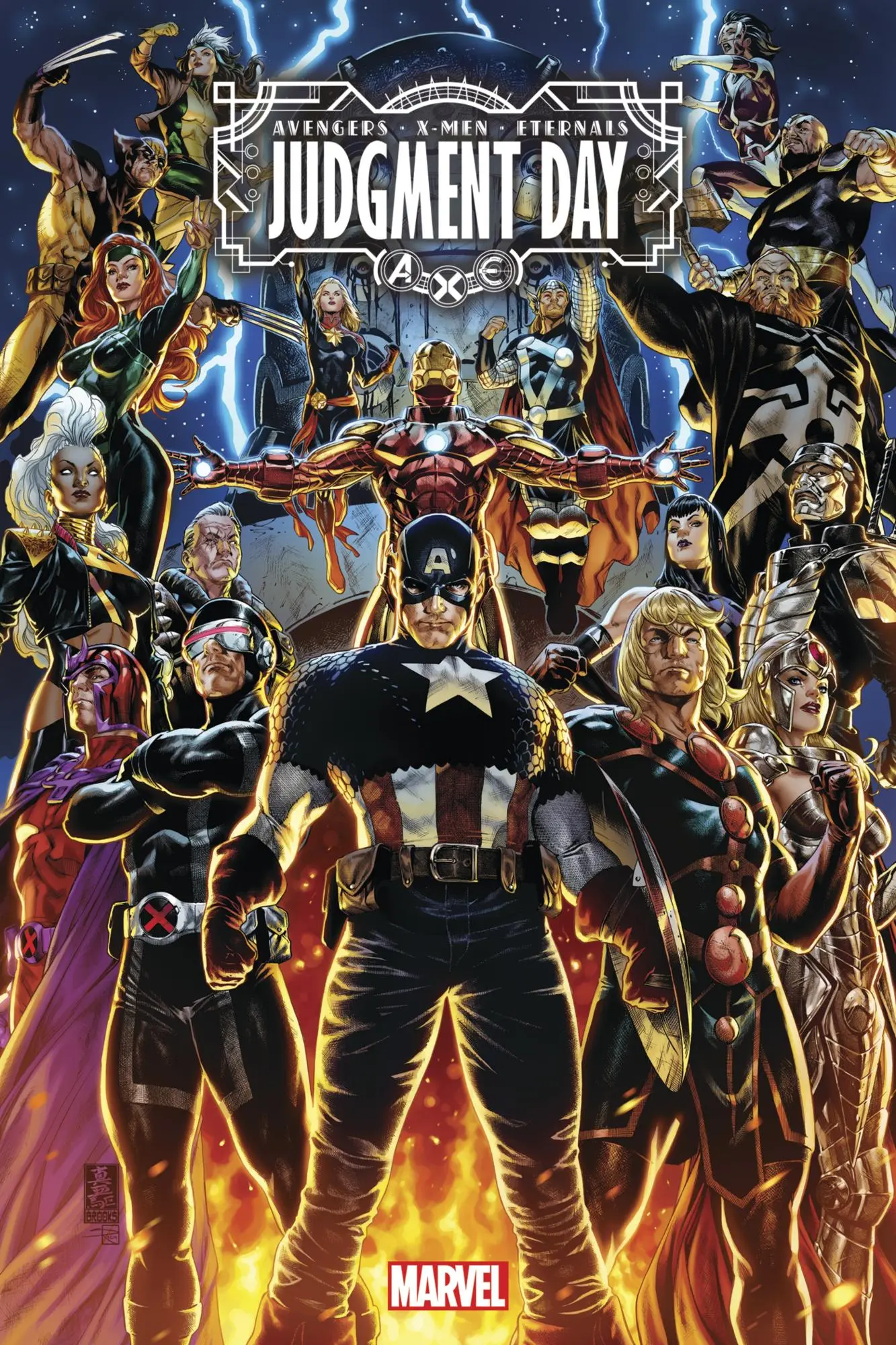
Compounding this issue are two other perceptions, one I agree with and one I don’t, at least not entirely. We’ll start with the latter. Some retailers — and even some publishers! — I talked to argued against the quality of the material today, namely from the two at the top. When the quality isn’t there, it makes it easier for everyone to abandon books. I’d argue that this is a proportional jump, though, with the number of middling releases increasing as a product of the number of overall releases. There are a lot of great comics. There just also happen to be a lot, lot more comics, period, resulting in a commensurate leap in questionable releases. I view this as more of a product of the “too many comics” problem.
The other issue —the one I agree with — is connected to something Batista emphasized, which is that a lot of these newer titles lack a clear market. 6 It can be difficult to diagnose an audience for many titles. And when retailers can’t come up with a pitch, it’s unlikely readers will find something to hang onto either. You might hook them for one issue. But past that, many struggle to keep readers even if they’re well crafted.
Decisions to publish all these titles or to roll out waves of variants create quandaries for readers, who, again, each have finite budgets. This results in climbing opportunity cost, as each release and each variant forces customers to choose between releases — many of which come from the same houses.
“We are at a stage where publishers are cannibalizing not just other companies’ sales but their own by trying to take so much room on the shelf,” Batista said.
The speculation and collector market plays an important part in this too, even if that side has softened over the past year to a degree. By nature, many of those customers are there for #1 but not for #2. When those customers are openly courted with dozens of variants and other tactics, it forces customers to choose between multiple covers or multiple titles and muddies the data shops have about each title that fits that bill. Shops must constantly attempt to differentiate between what’s real and what isn’t in terms of in-store sales, which makes it difficult to predict orders and enhances the potential for significant losses when readers abandon a title. 7
The last issue we’ll dive into has been hinted at throughout. While others were mentioned in my conversations, 8 potentially the most significant is the economic situation we find ourselves in. With inflation increasing, the price of goods skyrocketing, and wages staying static, shops are seeing customers trim their lists more aggressively than ever. When they once might have been willing to stick around for #2, #3, or #4 in hopes that a title would improve, now, they often don’t. Customers have been forced to become more risk averse because of the economic uncertainty they are facing.
Whatever the reason, it’s clear that there’s some change to the attrition titles are facing. Call it an acceleration or a shift in how predictable it is or whatever. However you describe it, the result is the same. And there’s a cost there. The answer most had to my question of “What are you doing to combat this problem?” was aggressively reducing orders for both later issues and new titles. Shops phrased it in different ways, whether it was how they are playing “the numbers tighter than before” or cutting “orders right down to the bone.” But that was a consistent, if not universal, solution from the shops I talked to.
“We’re doing what I think is the worst thing, and we’re cutting our numbers very sharply on #2s. We base our decision on subscriber pre-orders, but if there are few, or none, we drop that axe,” Brower said. “We know that’s no way to grow a series, but we just can’t spend the money hoping a book will find an audience, especially when publishers have done away with their returnability programs.”
This has a substantial cost for both publishers and creators. It gives new titles a lot less rope to survive on, with the path from a strong start to barely passable numbers being frighteningly short. One publisher noted that a solution to decreasing orders could be to simply publish more. If your per release numbers are dipping, you can achieve the same number of overall units ordered in aggregate by rolling out even more titles. 9 But that’s arguably adding to the problem in the process, because the towering number of releases is central to the topic.
Shops would likely argue that a more logical answer would be for publishers to deliver on the issues they have clearly identified as major ones. Release fewer comics, promote them more beyond #1, and, as Anderson noted in specific, create more “butts in seats” titles to bring people in.
“One of these books is worth three or four lower tier books, which while those lower tier books may add more to the bottom line spread across the multiple titles — which, I admit, (is) always important — it does nothing to create excitement,” Anderson said. “And if people are not being driven into the store every week, there’s less chances for those lower-to-mid-tier books to sell.”
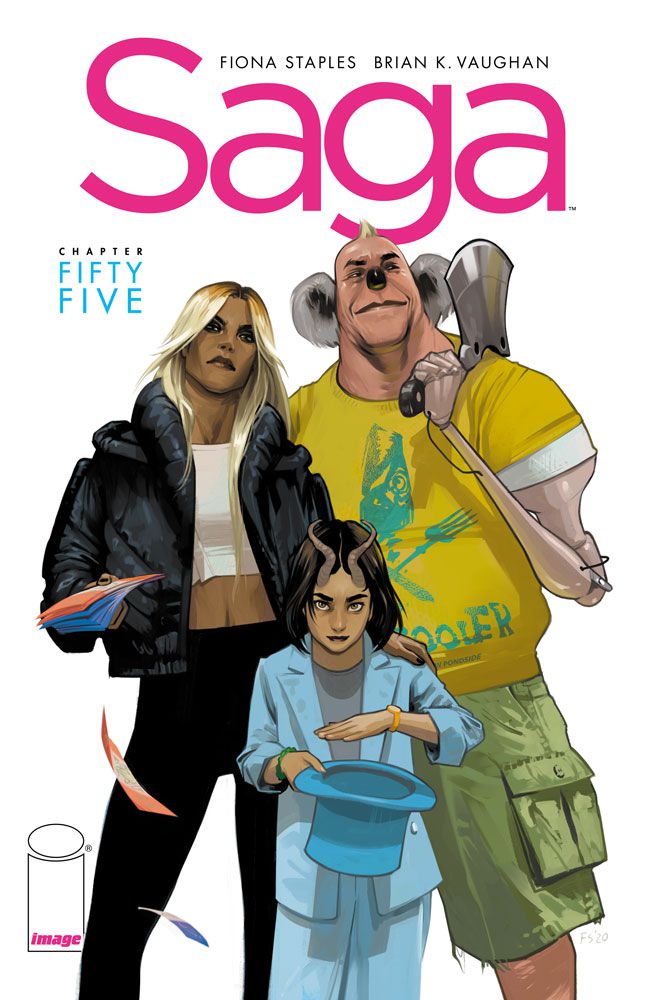
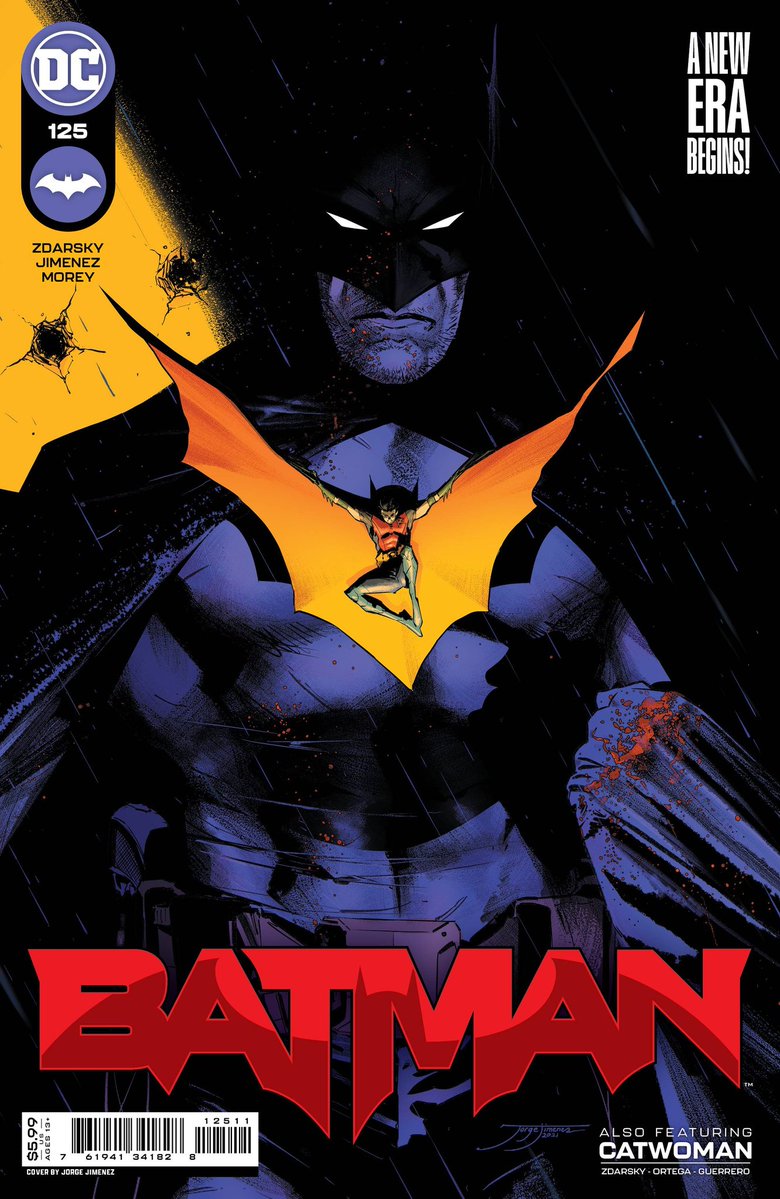
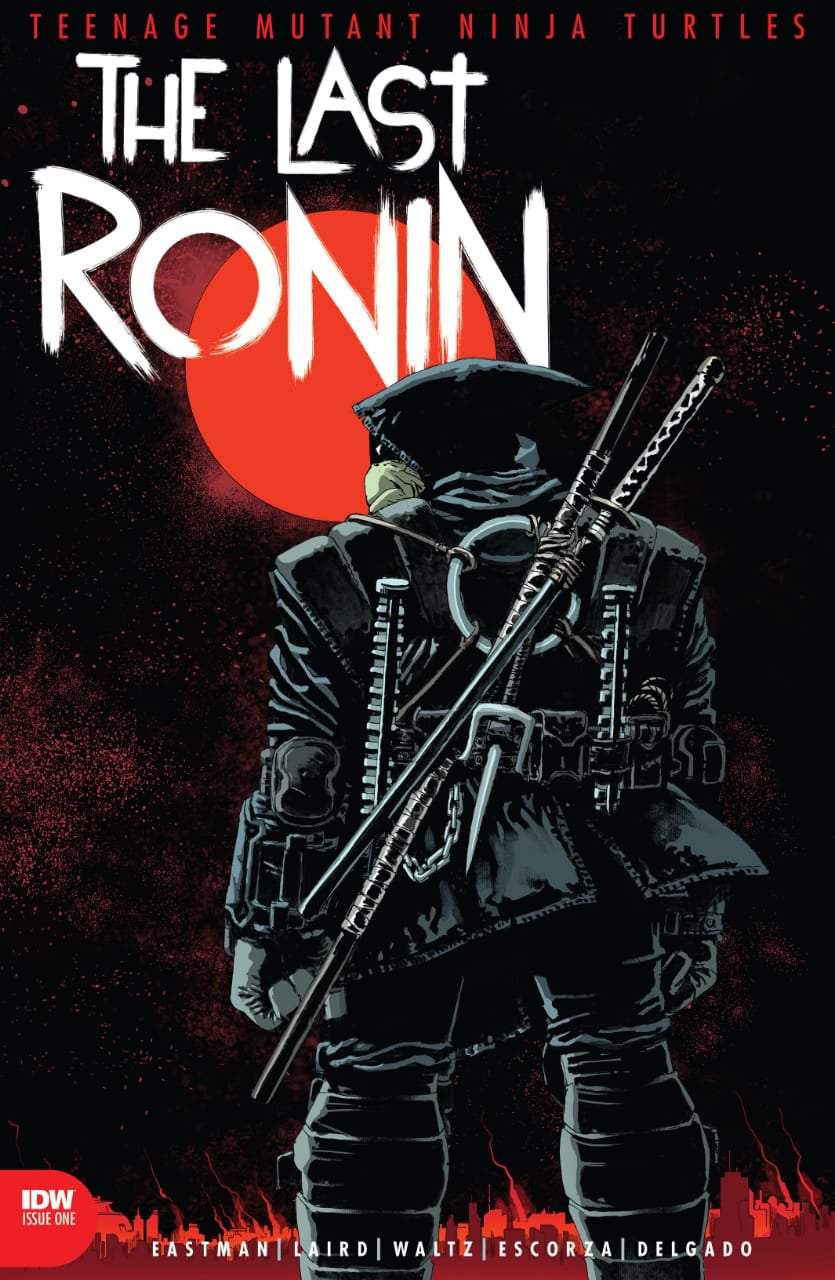
The latter idea is the dream. I can’t tell you how many shops I’ve talked to over the years who say things like, “I wish I had a couple more Sagas.” If it was easy to do, though, publishers would be doing it. The other two, on the other hand, are solvable problems. But the system and the desire to maintain or improve on the bottom line makes them unlikely to be acted upon. That aforementioned comment from a publisher about releasing more titles to offset decreased per issue sales is illustrative of the core issue here, and of the general approach some have to resolving it.
With few solutions on the horizon, retailers are doing what they can to resolve this problem, both for their stores and their customers. But sometimes, there aren’t surefire answers, especially when customers are feeling the pinch economically. That’s why Batista emphasized to me that the path is clear, even if no one likes it.
“You can’t dance around this. You can’t try to outsmart the market. You can’t try to anticipate the customers’ needs when they don’t know if they’ll be able to buy those comics in a month or two because the rent went up and power is now 20% more expensive, you know?” Batista said. “It feels, more than it ever did, that this is a time to hunker down and be very cautious.”
Which is the side of the comic industry defined by comic book shops.↩
Meaning that if 100 people bought #1, then 20 people buy #2 (versus 50 pre-pandemic).↩
We’re talking orders for the shelf rather than for those who subscribe to a title or have it in their pull list. That said, Brower shared that most new titles from smaller publishers just don’t get pre-orders.↩
Another shop added events, event tie-ins, and titles that are being adapted as solid sellers as well.↩
Meaning having staff pitch customers on titles they particularly believe in, which is a great path to titles adding (and keeping) readers.↩
Save for IP generation, which, as one retailer noted, is catnip for speculators but not as much of a draw for regular readers.↩
Conversely, because of the risk, it can also result in potential hits being underordered, which is an entirely different problem.↩
Including gamesmanship by publishers to bolster #1 sales, other distributors being added to the mix, a lack of consumer faith in titles completing, and even the rise of Substack, although even the person who mentioned that labeled the latter as pure speculation.↩
i.e. If you previously had five titles selling 10,000 each issue that are now selling 5,000 per, one path to achieving you previous total would be to double your output so you now have 10 titles selling 5,000 per. Both get you to 50,000 total comics sold, just via different paths. Also this question will be on the test after this article is complete.↩
